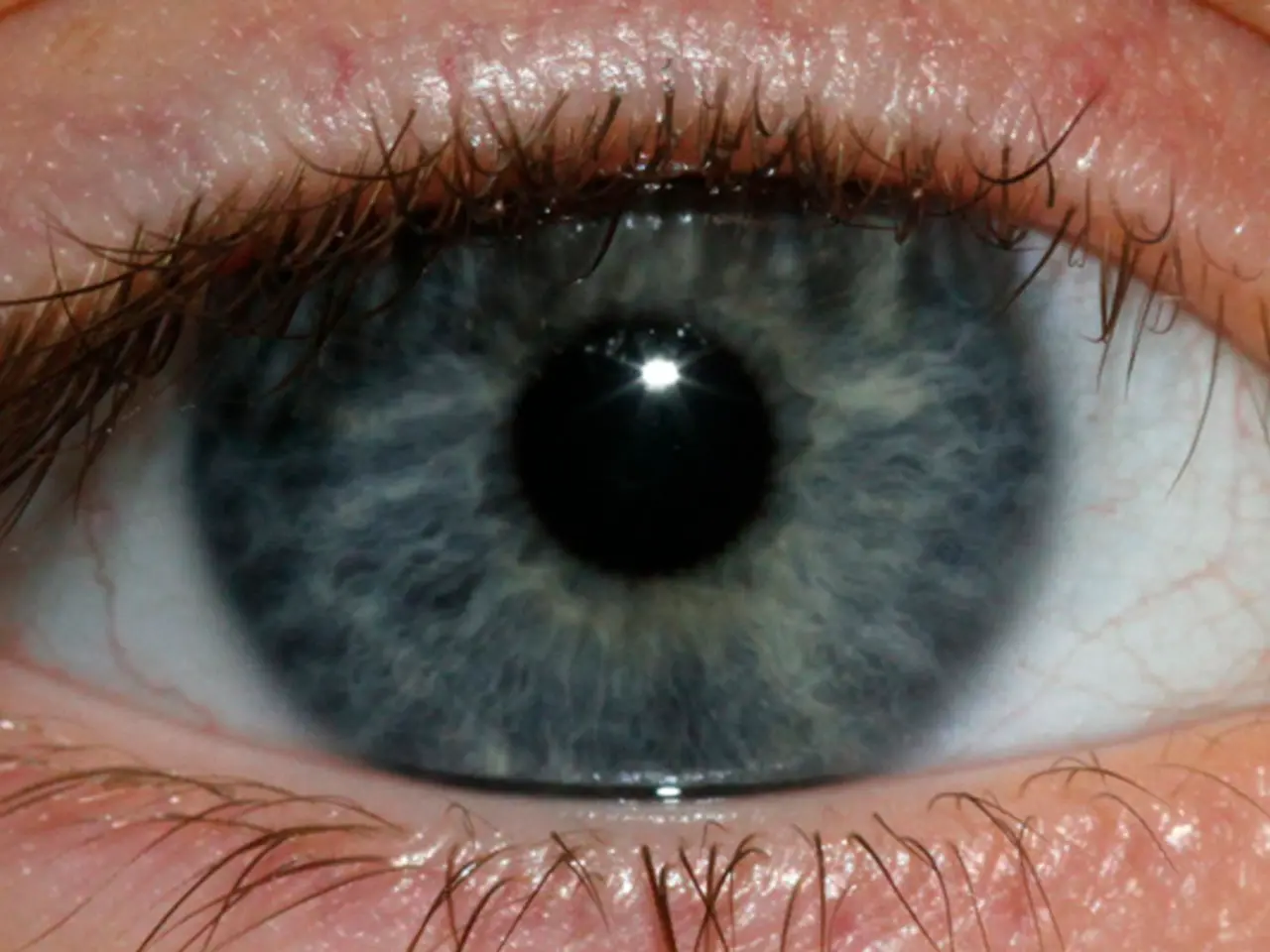Variation in Pupil Contagion Connected to Eye Movement, Arousal Levels, and Autistic Traits
In a recent study, researchers investigated the link between pupil contraction and autism, using a group of children and adolescents with a wide range of autistic traits. A third of the participants had been diagnosed with autism.
The study, conducted using naturalistic images of children's faces with either small or large pupils, aimed to examine the association between arousal reaction to stimuli and the degree of autistic traits.
Pupillary contagion, a phenomenon where pupil size unconsciously adapts to an observed individual, was found to be evident when gaze was restricted to the eye region of face stimuli. This finding adds to a broader understanding of the mechanisms underlying pupillary contagion and its association with autism.
Interestingly, the study also observed a positive association between pupillary contagion and autistic traits when participants' gaze was constrained to the eye region. However, no skin conductance change was evident in relation to pupil contagion when gaze was restricted to the eye region.
The study further aimed to examine the extent to which pupillary contagion reflects autonomic nervous system reaction through pupil size change, heart rate, and skin conductance response. Results showed that pupil contagion and concomitant heart rate change were evident when gaze was restricted to the eye region of face stimuli.
The findings of the study contribute to a broader understanding of the mechanisms underlying pupillary contagion and its association with autism. Pupillary contagion is presumed to reflect the transfer of arousal, and this study provides valuable insights into its role in individuals with autism.
The second aim of the study was to determine the association between arousal reaction to stimuli and the degree of autistic traits. The study's findings suggest that further research is needed to fully understand this association and its implications for individuals with autism.
Read also:
- Peptide YY (PYY): Exploring its Role in Appetite Suppression, Intestinal Health, and Cognitive Links
- Toddler Health: Rotavirus Signs, Origins, and Potential Complications
- Digestive issues and heart discomfort: Root causes and associated health conditions
- House Infernos: Deadly Hazards Surpassing the Flames






